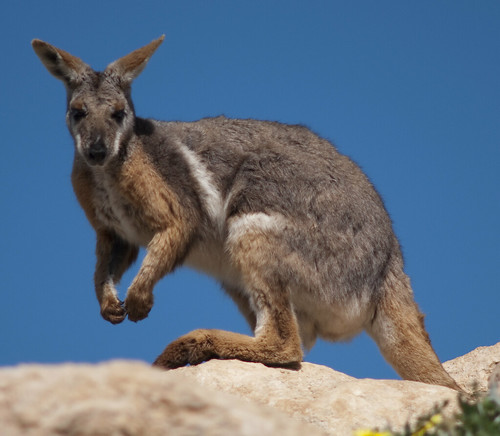The upcoming National Curriculum is part of a push for the improved teaching of Science and Mathematics. There has been Federal money flowing to the states to provide teacher training to support this, and in South Australia this has meant the adoption of the Primary Connections program:
‘PrimaryConnections: Linking science with literacy’ is an innovative approach to teaching and learning which aims to enhance primary school teachers’ confidence and competence for teaching science.
Teachers have been funded for this training and my school has been busy swinging this new approach into action. Our Science teacher has been using a team teaching approach (which has only started for my class this term) to help us become familiar with the Primary Connections approach, and today two weeks ago, my upper primary learning team went to our first training workshop out at Modbury. So, here for posterity and anyone who's interested are my notes recorded using the 5 R's model to be utilised by students in their Science Journal writing. (I won't refer to the practice as Journalling as one teacher present today was quite hot under the collar about this term, quite concerned about this "Americanism" creeping into our Aussie vocabulary. For me, English is an evolving language but hey, everyone has their little pet peeves.) The 5 R's are Reporting, Responding, Relating, Reasoning and Reconstructing.
Reporting.
The official name of the workshop was “Talking Science – developing a discourse of inquiry”. Primary Connections revolves around developing students' skills to:
1. Respond verbally 2. In written form 3. In graphic form about their Scientific knowledge and thinking.
We were shown an image of the Eyjafjallajökull volcano and asked to respond using the three skills.
My written response: "The image of Eyjafjallajokull brings back a lot of information that I have read about the local impact. Iceland being a country that has a lot of permanent ice and then there is this massive heat erupting from below the earth’s surface, melting some of the permanent ice, causing flooding and doing things like taking down bridges etc."
We were reminded that we don’t know what science knowledge a student will bring to a given topic or prompt. The more open the task, the more varied the responses and methods that will be used to tackle that task. The importance of the art of discourse was emphasised. Discourse refers to conversation from a science point of view – talking with a “science hat” on.
We made use of Y charts scribing to discuss the ground rules for talk/discourse in the classroom. (Collective, reciprocal, supportive, cumulative & purposeful), which were then collated for a gallery walk.
We then were shown our next image of a rock wallaby.
We the applied the same process of verbal, written and graphic.
Responding.
"I identified this animal through having seen them in the wild, the lower Southern Flinders Ranges. They are endangered because of feral animals like foxes and cats. We were also informed that other kangaroos can “adopt” a yellow footed joey via and raise them unwittingly."
Using the graphic form could be a diagram, a map, incorporates scales, horizontal line labelling – formal scientific standards need to be explicitly. The 5 E’s are the different phases of scientific inquiry. (Engage, explore, explain, elaborate & evaluate)
Relating.
(In the interests of finally publishing this post, I have decided not to do a Relating section. But in this part I would recall and take note of how my knowledge and conceptions have changed over the course of the day.)
Reasoning.
(This is what I wrote off the top of my head as my group trialled the 5 R's during the workshop. It seems a shame to leave abandoned on a scrappy piece of A4 so here it is, regardless of the fact that it may make no sense to anyone but me.)
As we worked through the various tasks, it gave us a chance to "road test" how the various components of Primary Connections would work in the classroom. Looking at the photographic images of the volcano and the rock wallaby demonstrated how to start the students off on the social plane, something familiar that they would all have some varying knowledge and context for. It is there that the adage of "No one's wrong - there are just varying degrees of accuracy" can be applied by the teacher as they direct the questioning. As the goal is to move the students onto a more scientific headset, starting with a visual (of some familiarity) also demonstrates how the real world, the world the students experience, hear, read or view about, is completely science based and viewable through a science lense.
As we stepped through the 5 E's model, our activities enabled me to gain a deeper grasp. Every time we tackled an activity like the camping trip items, we became more aware of what goes on with our student discussion groups, and where your time as a teacher is best spent.
Reconstructing.
Well, that's what this blog post has been all about! This should have been up two weeks ago but the rest of my life kept getting in the way.


